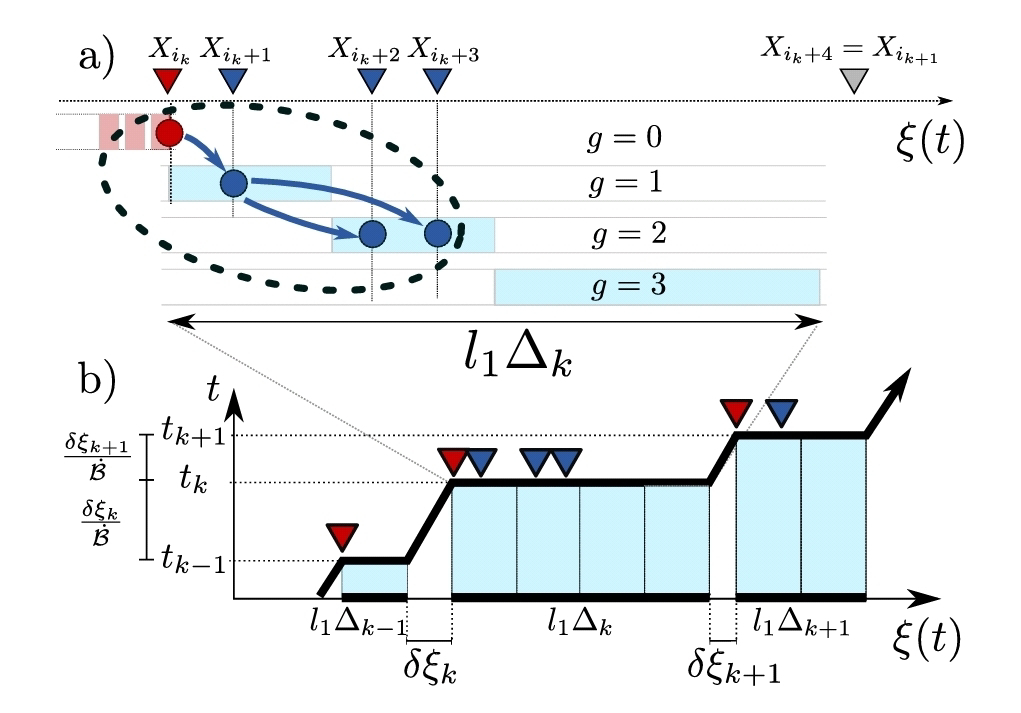<< ️Coupled discrete systems with reciprocal and nonreciprocal couplings exhibit unexpected and counterintuitive phenomena compared to continuous systems. (AA) investigate the pinning-depinning transition induced by nonreciprocal coupling in nonlinear wave propagation connecting different equilibria in bistable system chains. >>
Experimentally, their system << ️exhibits the propagation of fronts between homogeneous states. The fronts display a pinning-depinning transition by increasing the nonreciprocal coupling, achieved by increasing optical feedback offset. Close to the bifurcation, the front velocity is characterized by a square root law as a function of the bifurcation parameter. >>
L. B. Ramirez-Moya, M. Diaz-Zuniga, et al. Nonreciprocal coupling triggers pinning-depinning transitions of wavefronts in bistable systems chains. Phys. Rev. Research 7, L032023. Aug 1, 2025.
Also: waves, transition, in https://www.inkgmr.net/kwrds.html
Keywords: gst, waves, transitions, pinning-depinning transitions




